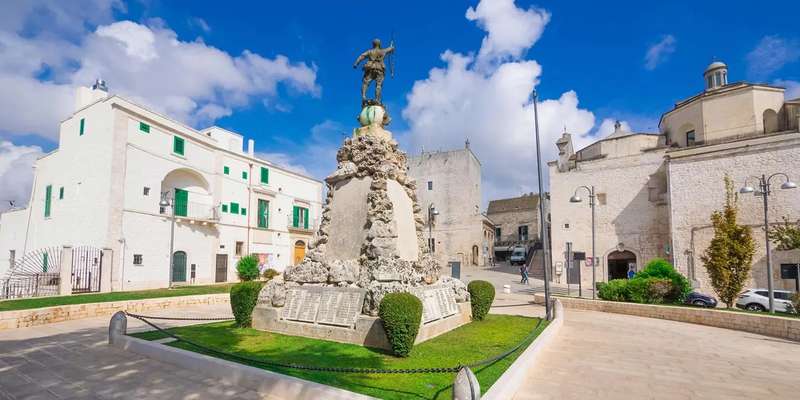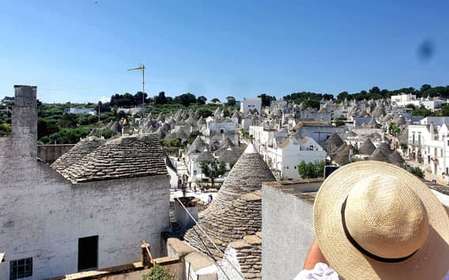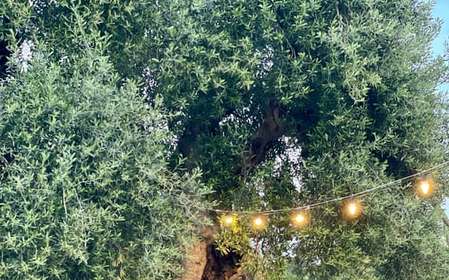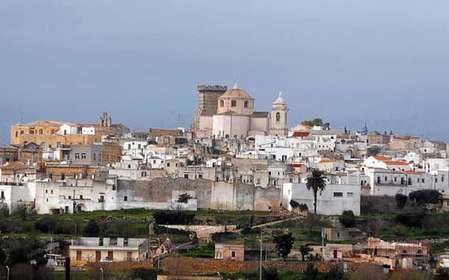- Home
- Useful Tips
- How to enjoy a historical day...
Brindisi’s layered history—from Roman columns to medieval alleyways—often overwhelms visitors. With 78% of day-trippers reporting itinerary stress in Puglia tourism surveys, many miss the city’s authentic essence between rushed monument checklists. The compact historic center conceals Byzantine frescoes behind unmarked doors and seafood trattorias where fishermen have dined for generations. Without local insight, you risk joining queues at the over-photographed Roman columns while missing the 12th-century crypt beneath Santa Teresa church. This coastal crossroads deserves more than a hurried port stop; its true stories unfold in the quiet courtyards where Venetian merchants once traded and the family-run workshops keeping ancient crafts alive.


Navigating Brindisi’s layered history without a guide
The challenge in Brindisi isn’t finding history—it’s deciphering which eras align with your interests. The city served as Rome’s gateway to Greece, a Norman stronghold, and a Venetian trading post, leaving archaeological layers that casual visitors often confuse. Start at the Provincial Archaeological Museum to contextualize finds like the Trajan’s Column replica before exploring. Free walking trails marked with bronze plaques detail different historical routes, though these lack depth about hidden spots like the Knights Templar chapel incorporated into a modern bank. For independent travelers, the tourist office’s €2 heritage map reveals lesser-known sites such as the underground Roman granaries near the port. Early risers can have the 11th-century San Benedetto church’s cloister virtually to themselves by arriving at 8:30 AM before cruise excursions arrive.
Timing tricks for Brindisi’s top attractions
Brindisi’s compact size means major sites like the Swabian Castle and Cathedral get congested between 11 AM and 3 PM when day-trippers overlap. Savvy travelers use the lunch lull strategically—local guides note the cathedral’s 12:30-2:30 PM closure creates a perfect window to visit the adjacent Museo Diocesano when crowds disperse. The Roman columns along Via Colonne photograph best at golden hour when the stone glows and cruise passengers have returned to their ships. If visiting in summer, the cooler morning hours are ideal for walking the Lungomare Regina Margherita promenade where interpretive panels explain the city’s maritime history. Those preferring structured exploration can join the 5 PM ‘Aperitivo with History’ walking tour that includes wine stops at enotecas built into ancient Greek walls.
Where to experience living history in Brindisi
Beyond monuments, Brindisi’s living traditions offer immersive historical encounters. The Antica Cartotecnica workshop near Piazza Duomo still makes marbled paper using 17th-century techniques—owner Giovanni welcomes observers most mornings. For edible history, family-run Osteria La Locanda dei Mercanti serves recipes from the 1800s in a building once housing Venetian spice traders. Few tourists find the weekly fish auction at the old port (weekdays 5:30 AM), where the rhythmic chants of buyers echo medieval trading practices. Accommodation choices can extend the historical theme; Palazzo Virgilio’s restored 16th-century rooms feature original frescoes, while B&B A Casa di Alice occupies a Liberty-style townhouse with heirloom furnishings. These authentic touches transform a stay from mere sightseeing into time travel.
Day trip strategies beyond the historic center
Brindisi serves as a springboard to Puglia’s lesser-known historical sites, but transportation puzzles deter many visitors. The 8:05 AM Ferrovie del Sud Est train to Lecce avoids highway traffic and passes through olive groves hiding Messapian ruins—ask the conductor to point out the abandoned station at San Vito dei Normanni. For those preferring guided efficiency, niche operators like Puglia Slow Travel offer half-day excursions to the underground olive mills of Carovigno Castle with return transfers by vintage Fiat 500. Independent drivers should target Tuesday mornings when nearby Ostuni’s medieval laundries demonstration occurs, or Thursday afternoons for the artisan market in Francavilla Fontana’s Aragonese quarter. These curated extensions prove Brindisi’s hinterland holds stories equally compelling as its portside landmarks.



